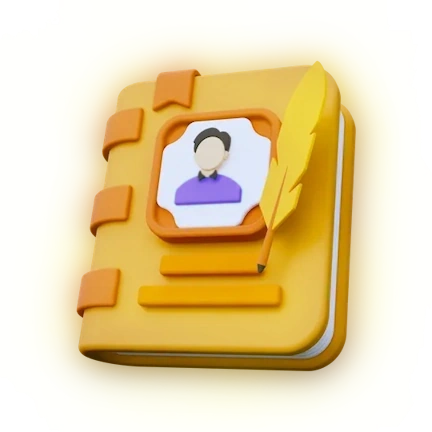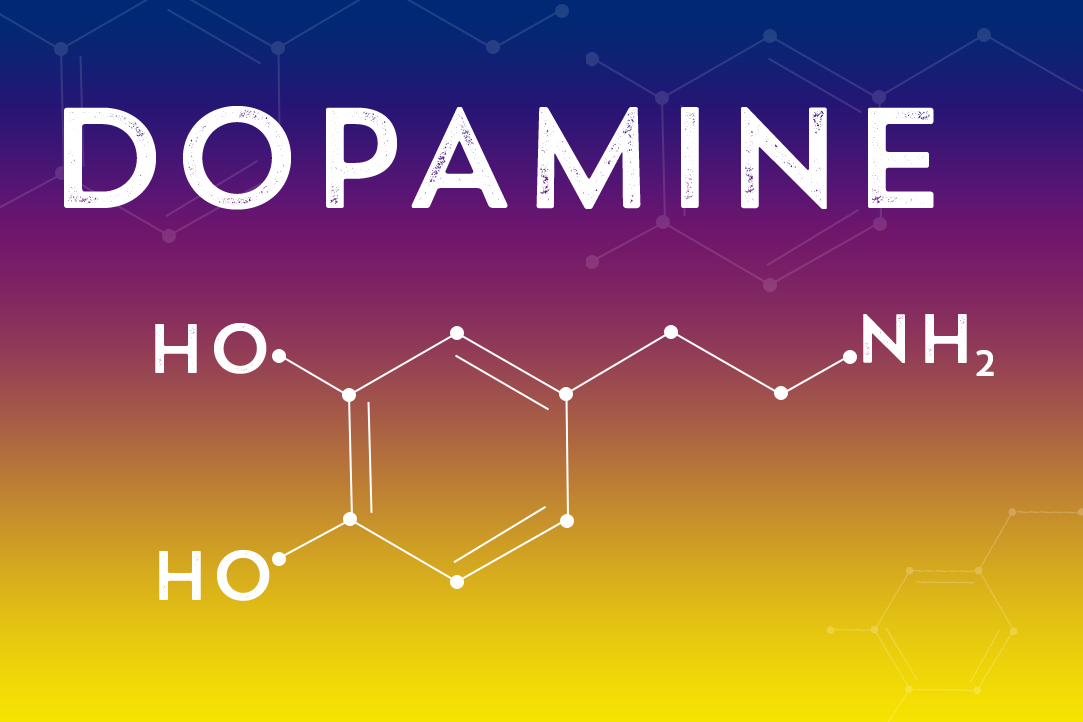LISTEN TO THIS ARTICLE:
What is a dopamine detox?
The term “Dopamine Detox” was first coined by California psychiatrist Dr. Cameron Sepah. Sepah argues that the “conscious restriction of addictive activities can help people become more aware of impulsive behaviors and encourage more flexible thinking” . However, the term is misleading. It “has very little to do with either fasting or dopamine”. The main goal “isn’t to deprive the brain of dopamine or lessen dopamine levels, as the name implies”. Sepah has stated the name “dopamine detox” should not be taken literally.
The terms “digital detox” or “digital fast” are more accurate titles as the point of the fast is to refrain from addictive technologies. This could be abstaining from cell phone use, social media, gaming, even listing to music on digital platforms. “What Sepah intended with his dopamine fast was a method, based on cognitive behavioral therapy, by which we can become less dominated by the unhealthy stimuli — the texts, the notifications, the beeps, the rings — that accompany living in a modern, technology-centric society”.
The hope is that the fast “resets” the brain, moving it away from the instant gratification of technology, allowing a person to move “from [the] potentially addictive bombardment” of technology that has seeped into our lives. We need to allow ourselves to feel disconnected and to feel the emotions that follow, like boredom or loneliness. Through that process, “we will regain control over our lives and be better able to address compulsive behaviors that may be interfering with our happiness”.
Target behaviors
Sepah highlights six obsessive or habitual “behaviors that may respond to a dopamine fast…[such as] emotional eating, excessive internet usage and gaming, gambling and shopping, porn and masturbation, thrill and novelty seeking, and recreational drugs”. Essentially the fast “involves identifying behaviors that you turn to too frequently for a quick boost…then taking a break from them for a few days to a week. The goal is to recalibrate your brain’s reward pathways”.
Dopamine is “sensitive to stimuli like social media”. Removing such stimuli, even for a short amount of time, “theoretically recalibrate[s] your brain’s stores of dopamine and therefore make your pleasure centers more balanced”. However, many reputable science media outlets have called dopamine detox a “maladaptive fad” and junk science.
While the “original intent behind the dopamine fast was to provide a rationale and suggestions for disconnecting from days of technology-driven frenzy”, the dopamine detox fad has led people to extremes. Many have practiced unhealthy fasts, such as “not eating, exercising, listening to music, socializing, talking more than necessary, and not allowing themselves to be photographed if there’s a flash,” to name a few.
Many doctors and psychiatrists report that this type of fast overstates the science. It “promises unmatched happiness, productivity, academic success and lots of money from a digital detox—all unrealistic claims”. While a temporary break may be restorative, a digital detox won’t change a person’s life. “Real change takes more active work”. But the wellness industry promotes these types of fads over the harder work of overcoming addictive behaviors through therapy.
The science behind dopamine detox
Dopamine is a chemical released in the brain to make one feel good. It “is one of the body’s neurotransmitters, and is involved in our body’s system for reward, motivation, learning, and pleasure”. It helps nerve cells send messages to each other. “Dopamine also has a role to play in controlling memory, mood, sleep, learning, concentration and body movements”. Dopamine reacts and “rise[s] in response to rewards or pleasurable activities”.
People can start to crave more of the dopamine ‘reward’. The reward comes from “many pleasant experiences, including eating nice food, having sex, winning a game and earning money”. Alcohol and drug use can create a surge of dopamine which can lead people to become addicted to them.
One can increase the levels of dopamine by eating a healthy diet. Foods such as “almonds, avocados, bananas, beef, chicken and eggs” are rich in l-tyrosine, the molecule from which dopamine is made. Some vitamins and supplements can also help raise dopamine levels. Exercising, meditation and getting enough sleep can also raise dopamine levels.
But dopamine levels don’t “actually decrease when you avoid overstimulating activities, so a dopamine “fast” doesn’t actually lower your dopamine levels”.
Why does a dopamine fast help?
Dr. Anna Lembke, a psychiatry professor at the Stanford University School of Medicine contends that “when we’re consuming digital media… it releases a lot of dopamine in a specific part of the brain called the reward pathway”. TV shows, TikTok, podcasts, and music, any rewarding behavior can cause this rush of dopamine. What we know of “how the brain responds to ceaseless stimulation from our gadgets comes primarily from research on drug addiction, which commandeers the same reward pathways”.
Like with drug addiction, the dopamine detox functions in the same way. Abstinence is the key component to the detox. However, “what’s actually being cut out during this practice is whatever stimulus a person is hoping to feel less dependent on”. To repeat, dopamine “fasting isn’t: reducing dopamine; avoiding all pleasure; social isolation [or] stopping exercise”. An individualized detox is most effective. Cutting down on tech you use often is a good place to begin, though dopamine hits come from many places.
How to do a dopamine detox?
“According to a recent report, people spend a third of their day checking their phones” so awareness is the first step. Begin by writing down your daily activities to see if they are “turning into compulsions with negative consequences”. If they are, begin my removing one activity such as not checking your phone during dinner or turning off the sound notifications for a specific period of time.
Next begin to replace unhealthy behaviors with those that are more positive and healthier. Exercise and meditation are good replacements. The idea is not to deprive yourself of digital media, but to restore balance. “Over time, dopamine fasting may help break the classic conditioning response you’ve developed that’s contributed to unhelpful habits”.
Sedah next recommends creating barriers or rather making a habit hard to do. You could put your phone out of sight for a period of time or limit time spent on the habit.
Next choose alternatives to the habit: exercise, reading, drawing, calling a friend are all good replacements. Third, Sedah suggests “understanding underlying causes”., If one can discover why they want to engage in the habit. “Recognizing when you’re bored can help keep you from impulsively going to the undesired activity. Journaling or keeping a log may help one explore the emotions behind the habit.
Finally, Sedah recommends seeking professional help. This type of cognitive behavioral therapy “is a psychological treatment conducted by a trained professional”. There is no shame in asking for help to break bad habits. “A dopamine detox can be complicated by the symptoms of withdrawal in some cases, and working with a mental health professional can help ensure the detox is done safely and effectively”.

 Learn
Learn Read Stories
Read Stories Get News
Get News Find Help
Find Help

 Share
Share
 Share
Share
 Share
Share
 Share
Share



